Zara, a prominent name in the fast fashion industry, is a subsidiary of the Spanish multinational Inditex, renowned for its rapid response to fashion trends and wide range of offerings, including clothing, accessories, beauty products, and perfumes. Headquartered in Arteixo, Galicia, Zara’s ability to quickly adapt and launch new product lines has solidified its position in the global fashion market. Founded in 1975 by Amancio Ortega and Rosalia Mera, Zara’s journey from a small store in A Coruña to a global fashion powerhouse is a testament to its innovative business model and commitment to providing stylish apparel at accessible prices.
The brand’s inception was marked by a unique story of adaptation and creativity. Originally named ‘Zorba’ after the 1964 film “Zorba the Greek,” the founders had to rethink the name when they discovered a nearby bar with the same name. The result was ‘Zara,’ a name that has since become synonymous with fast fashion. Ortega’s vision of “instant fashions” revolutionized the industry by drastically reducing lead times and enabling the brand to quickly respond to emerging trends. This approach, combined with a strategic international expansion, helped Zara capture a significant market share and build a loyal customer base worldwide.
Zara’s expansion began in the mid-1980s with its first international store in Porto, Portugal. By the 1990s, Zara had established a presence in major markets such as the United States and France, followed by rapid growth in Asia, Latin America, and beyond in the 2000s. The launch of Zara’s online boutique in 2010 further extended its reach, catering to the growing demand for online shopping. Despite economic challenges and the evolving retail landscape, Zara has maintained its relevance through continuous innovation and strategic adjustments. As of 2023, Zara operates nearly 3,000 stores across 96 countries, reflecting its enduring appeal and global influence in the fashion industry.
FW17 Zara Campaign
How to tell if Zara is vintage from the logo
Zara, known for its fast fashion and trendy clothing, has undergone several logo changes since its inception. These changes reflect the brand’s evolution and its efforts to stay relevant in the fashion industry. Here’s how you can tell if your Zara item is vintage based on the logo:
1975 to 1980s Zara logo
- The first Zara logo featured a basic tag design with bold, capitalized text.
- The text “ZARA TIENDAS DE MODA” was prominently displayed, emphasizing the brand’s fashion focus.
- This early logo is simplistic, reflective of the brand’s nascent stage in the fashion market.

1975 to 1980s Zara logo
1980s to 2008 Zara logo
- The 1980s saw a shift to a more streamlined design.
- The font became cleaner and more modern, aligning with the brand’s growing reputation for stylish, accessible fashion.
- The logo maintained a focus on bold text but moved away from the tag design of the earlier years.

1980s to 2008 Zara logo
2008 to 2019 Zara logo
- The 2008 logo introduced a significant modernization of the brand’s visual identity.
- The text “ZARA” was given a sleek, serif font, enhancing the brand’s sophisticated image.
- This logo was widely recognized and became synonymous with Zara’s expansion and global presence.

2008 to 2019 Zara logo
2019 to now Zara logo
- The current logo, introduced in 2019, features a bolder and more compressed typeface.
- The letters are closer together, giving the logo a distinctive and contemporary look.
- This logo reflects Zara’s commitment to staying ahead in the fast-paced fashion industry.
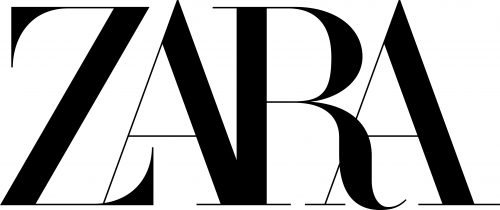
2019 to now Zara logo
How to tell if Zara is vintage from the tags
The Zara brand has evolved significantly over the decades, reflected in the various tags used on its clothing. By examining the design, material, and information on these tags, you can determine the era in which a Zara garment was produced. Here’s a guide to identifying vintage Zara pieces from different decades.
Having trouble identifying vintage tags or labels? Upload a picture on our vintage tag identification page, and we’ll assist you!
1990s vintage Zara tags
- Simple design featuring the “Zara” logo.
- Typically rectangular tags with a clean, serif font.
- Often includes size information and country of origin, such as “Made in Egypt.”
- May include washing instructions directly on the tag.
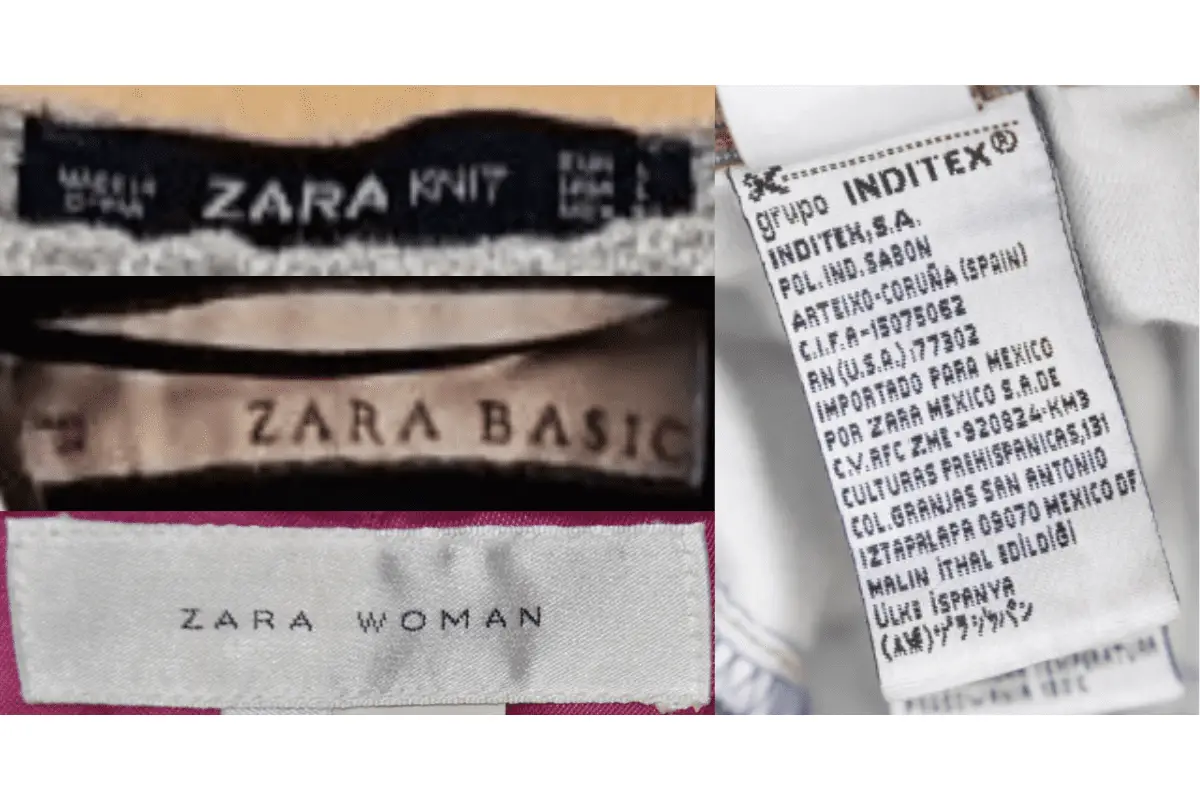
1990s Zara tags
2000s vintage Zara tags
- Introduction of more specialized lines like “Zara Woman” and “Zara Basic.”
- Tags often rectangular with different background colors (e.g., black for Zara Woman).
- Continued use of serif fonts, sometimes bolder and more modern.
- Country of origin and size information prominently displayed.
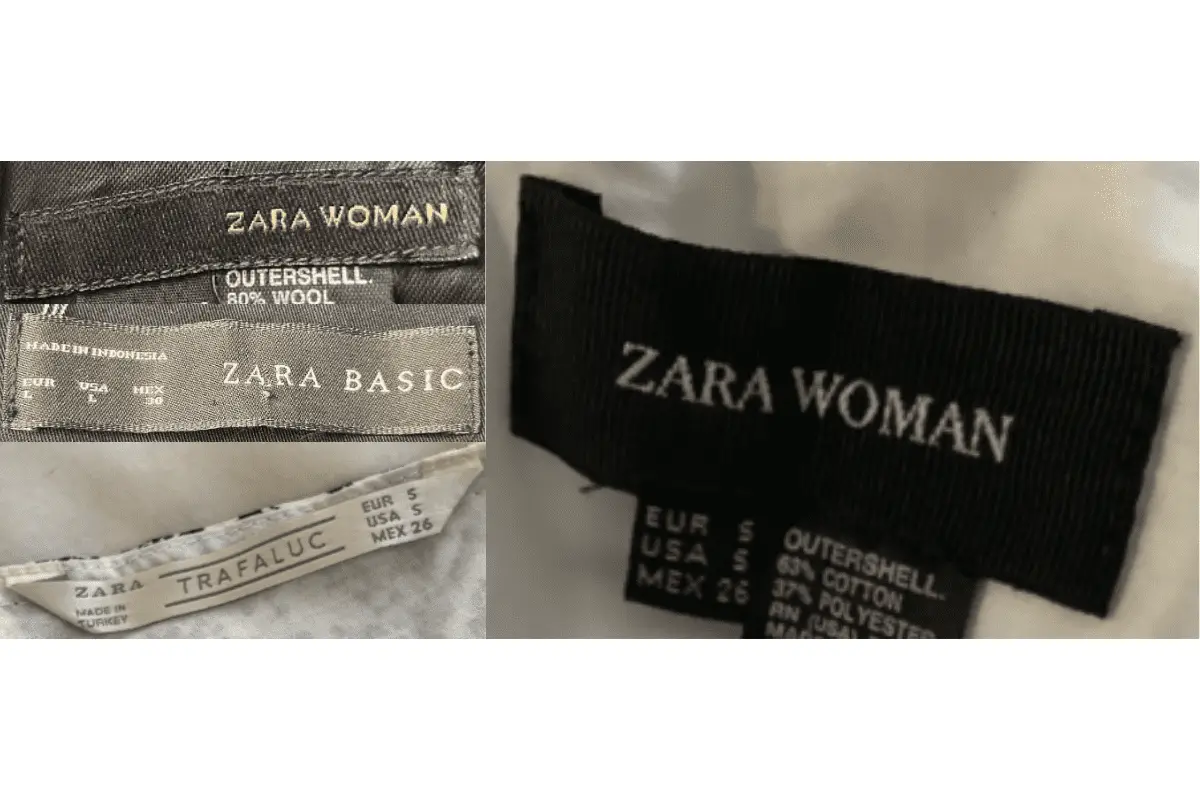
2000s Zara tags
2010s vintage Zara tags
- Further diversification of product lines such as “Zara Knit” and “Essentials Zara.”
- Tags come in a variety of shapes and sizes, reflecting the diverse range of products.
- Mix of serif and sans-serif fonts, often bolder and more minimalistic.
- Detailed product information including fabric composition, care instructions, and country of origin.
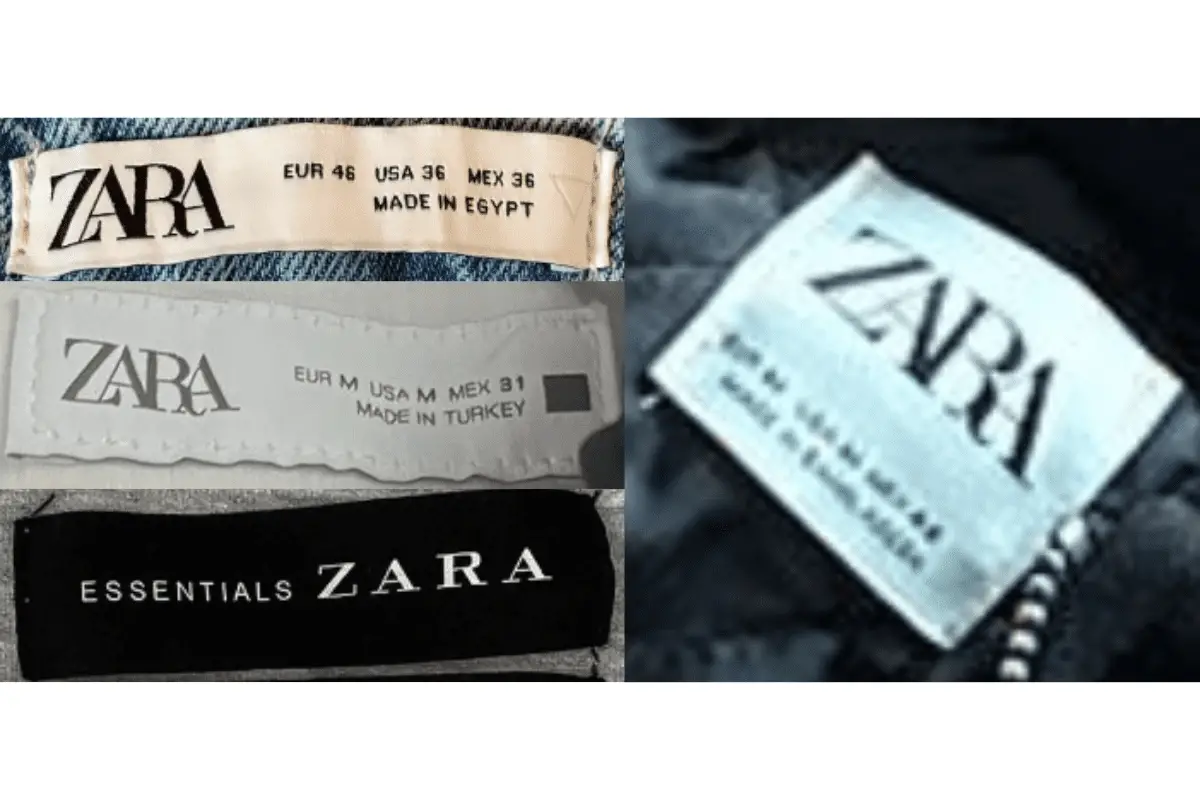
2010s Zara tags
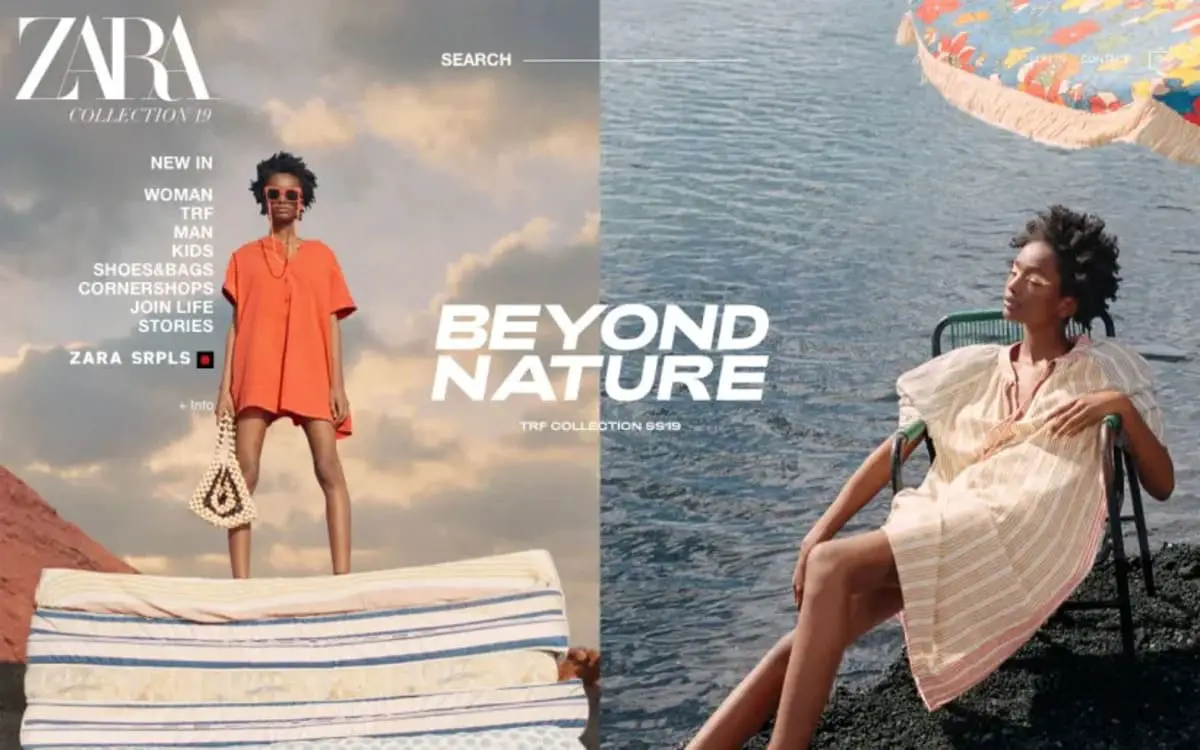


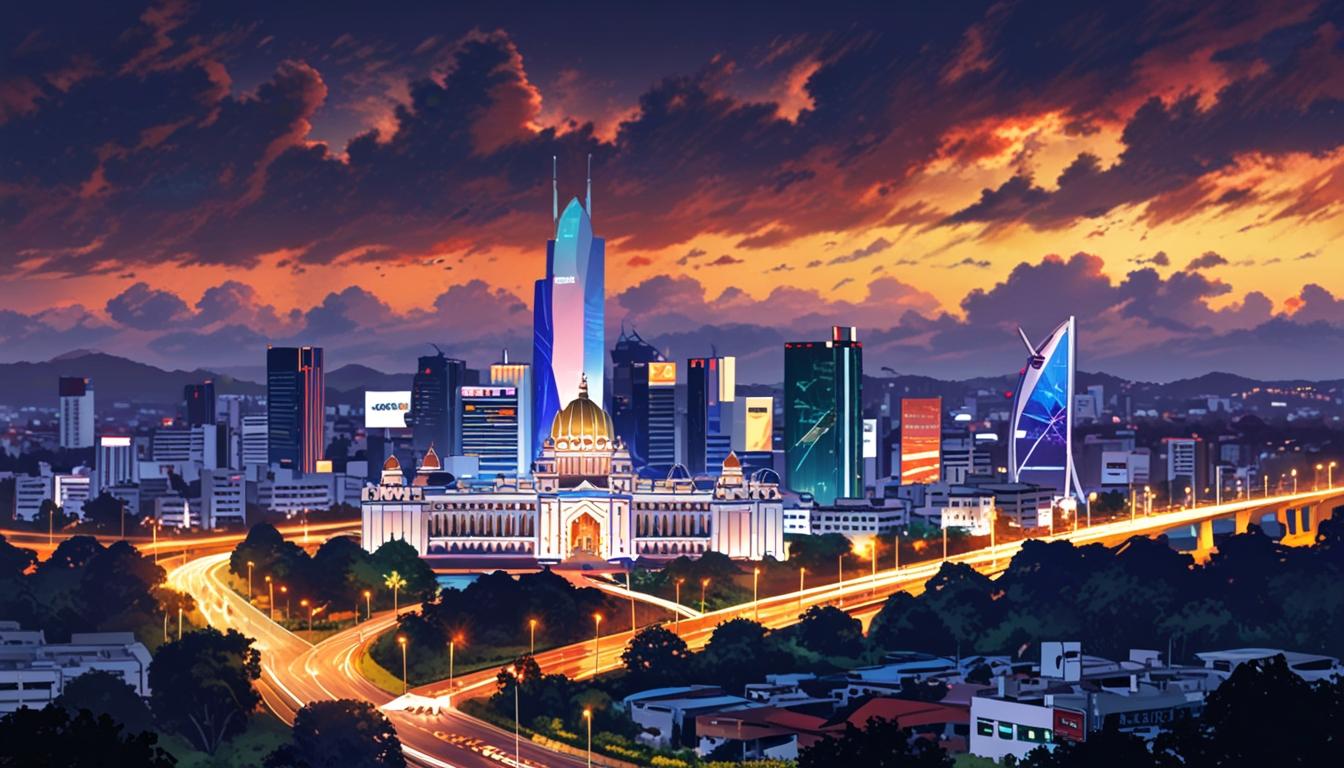

Hello, I want to subscribe for this blog to get most
recent updates, therefore where can i do it please assist.
Monkey Mart opens up to you a bustling business world where every decision directly affects the growth of the green jungle supermarket empire that you own.